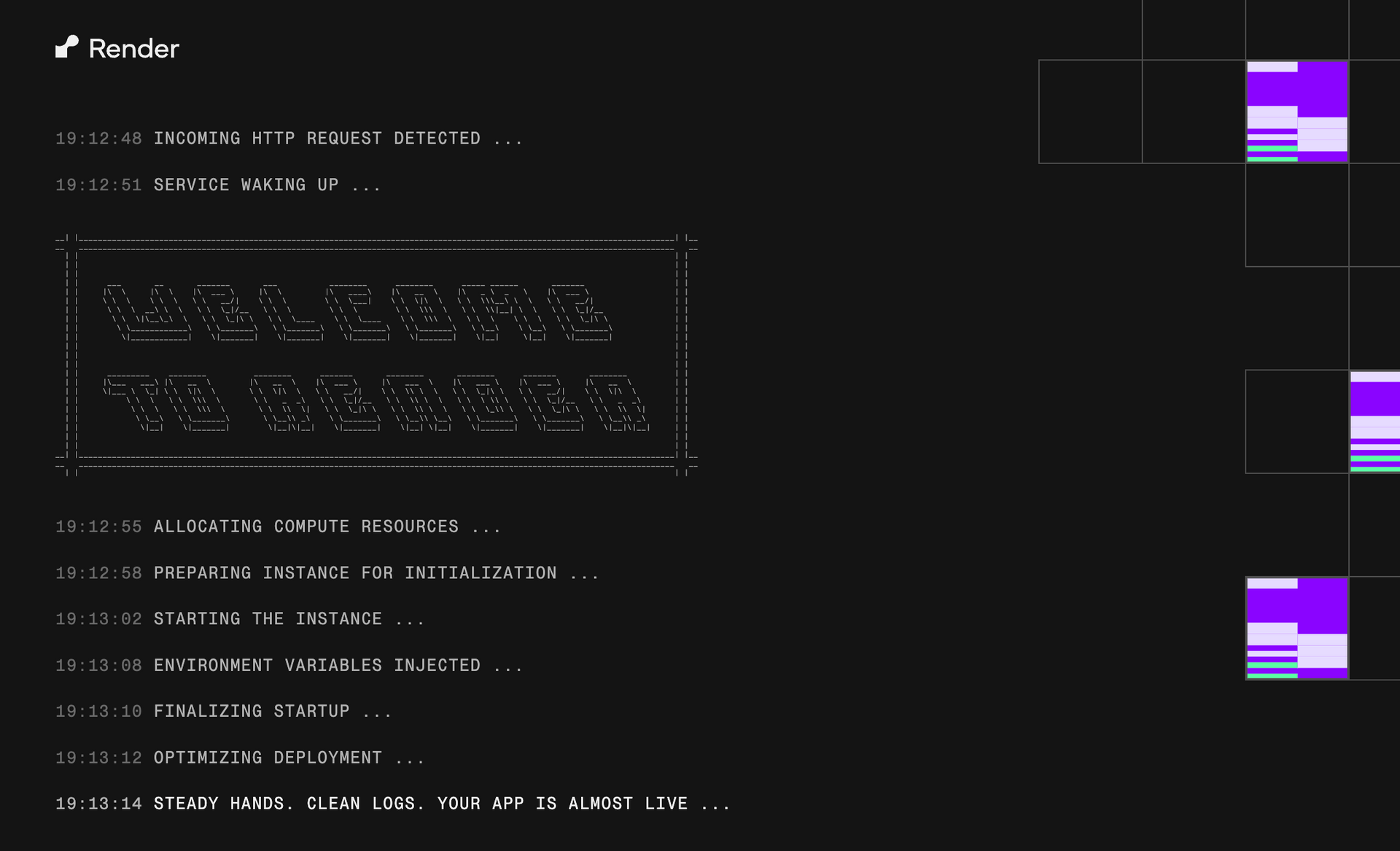NestJS vs Next.js vs Express | How they work together
NestJS vs Next.js vs Express: In-Depth 2025 Node.js Framework Comparison
Hey, so you are probly working on a dev project! How exciting, this guide takes you through these 3 technologies, where and when to use them, and even how they work together.
Deep technical profiles and head-to-head comparisons of NestJS an enterprise TypeScript backend, Next.js, a React full-stack powerhouse, and Expres,s a minimalist API foundation. Lets get started.
What is NestJS Angular-Inspired Architecture for Enterprise Node.js ??
As of 2025, NestJS (version 10+) has become a go-to choice for teams that want structure and scalability in Node.js. It builds on top of Express or Fastify, but adds a clear, Angular-style architecture that keeps big projects organized.
At the center of NestJS is its modular design. Apps are split into feature modules, which can load lazily to improve performance as your system grows. Dependency injection—similar to what you see in Angular or Spring—helps keep code loosely coupled and highly testable, which enterprise teams love.
Much of Nest’s power comes from decorators like
@Controller
,
@Injectable
, and
@Guard
. These provide metadata the framework uses to cleanly handle cross-cutting concerns. Nest also supports many communication layers out of the box: HTTP, GraphQL, WebSockets, gRPC, MQTT, and more. Its built-in microservice system includes transport options such as TCP, Redis, NATS, and Kafka, making it easy to move from a monolith to microservices.
Nest’s CLI speeds up development by generating consistent boilerplate.
Next.js: Vercel’s Performance-Focused React Framework
Next.js shines through its flexible rendering options. You can use SSR, SSG, ISR, streaming with Suspense, or the newer Partial Prerendering technique. Middleware, API routes, and route handlers can run on edge or serverless runtimes, making it easy to distribute logic globally on Vercel or in your own Node environment.
Turbopack—the Rust-based replacement for Webpack—is now stable and dramatically faster, making dev servers and builds much quicker. Built-in image, font, and script optimizations reduce payload sizes automatically.
Next.js 15, stabilized in late 2025, has firmly established itself as the leading React meta-framework—especially for teams that care about speed. Its App Router system creates routes directly from your file structure and relies heavily on React Server Components, Server Actions, and parallel routing to simplify complex layouts.
Express JS | The Minimalist Classic That Still Delivers
Express 5 finally arrived in early 2025, and it continues to be the lightweight backbone of the Node ecosystem.
Express doesn’t force any particular file structure or architectural pattern, which gives developers total freedom. Routing is straightforward but powerful, with support for parameters, method-based handlers, and nested routers. Thousands of middleware packages cover tasks like authentication, logging, CORS, and compression.
Even after more than a decade, Express continues to power critical systems at major companies and remains the foundation beneath frameworks like NestJS.
| NestJS | Next.js | Express | |
|---|---|---|---|
| Primary Use Case | Structured enterprise backends & microservices | React-based full-stack and frontend apps | Lightweight, flexible REST APIs |
| Learning Curve | Medium–High (decorators, DI) | Medium (React concepts) | Low (simple middleware) |
| Performance | ~155k req/s with Fastify | Gates~95k req/s via API routes | ~140k req/s on basic JSON |
| Performance | Opinionated, modular, Angular-like | File-system routing, server components | Minimal, unopinionated |
| Scalability | Excellent with built-in microservices | Excellent via edge/serverless runtimes | Good but requires manual clustering |
Performance and Scalability Comparison
TechEmpower Round 23 benchmarks show:
- Express handles ~140k JSON requests/sec.
- NestJS + Fastify reaches ~155k requests/sec, offering a small speed boost with far more structure.
- Next.js API routes average ~95k requests/sec but deliver exceptional global performance thanks to edge distribution (often under 1.2 seconds LCP worldwide).
For long-running workloads, NestJS microservices scale cleanly across CPU cores using PM2 or Node’s cluster module. Next.js Edge Functions handle massive traffic surges with ease. Express requires manual clustering but remains extremely memory-efficient at around 25 MB.
Developer Experience and Ecosystem Maturity
According to State of JS 2024 retention data:
- Express: 88%
- Next.js: 85%
- NestJS: 78% (slightly lower due to its learning curve around decorators and DI)
Job trends vary: Next.js dominates front-end roles, while NestJS is strong in enterprise back-end hiring.
Bundle sizes reflect each framework’s goals:
- Express: ~12 KB gzipped
- Next.js: ~70 KB
- NestJS: ~180 KB with common providers
All three frameworks enjoy strong communities—Next.js and NestJS both have active Discords, while Express benefits from its deep ecosystem and long history.
Choosing the Right Tool in 2025
- Use Express when you need a fast, small, flexible API or prototype.
- Use NestJS when building large, maintainable backends or microservices where structure matters.
- Use Next.js when building high-performance React apps with server-side capabilities built in.
In 2025, the Node ecosystem is mature enough that most teams can find a perfect fit among these three options.
1. When should I choose NestJS over Express or Next.js for backend development?
Choose NestJS when you need a structured, scalable backend with built-in modules, dependency injection, and microservice support.
2. What makes Next.js different from NestJS and Express for building web apps?
Next.js is best for React-based applications because it handles routing, rendering, and data fetching on both the server and the client.
3. Is Express still useful compared to NestJS and Next.js in 2025?
Yes—Express remains valuable for small, fast APIs and situations where you want minimal overhead and full architectural freedom.
4. How does performance compare between NestJS, Next.js, and Express?
NestJS with Fastify leads raw throughput, Express follows closely, and Next.js API routes focus more on edge delivery than raw request speed.
5. Which framework—NestJS, Next.js, or Express—scales the best for large applications?
NestJS is strongest for multi-service backends, Next.js excels at global edge scaling, and Express scales well with manual clustering and load balancing.









